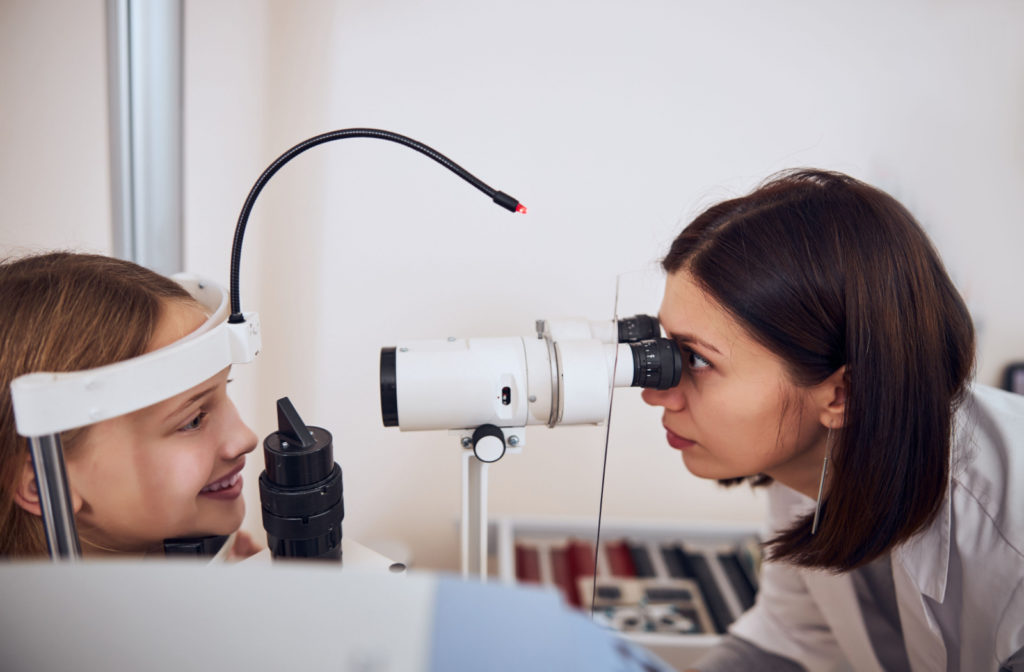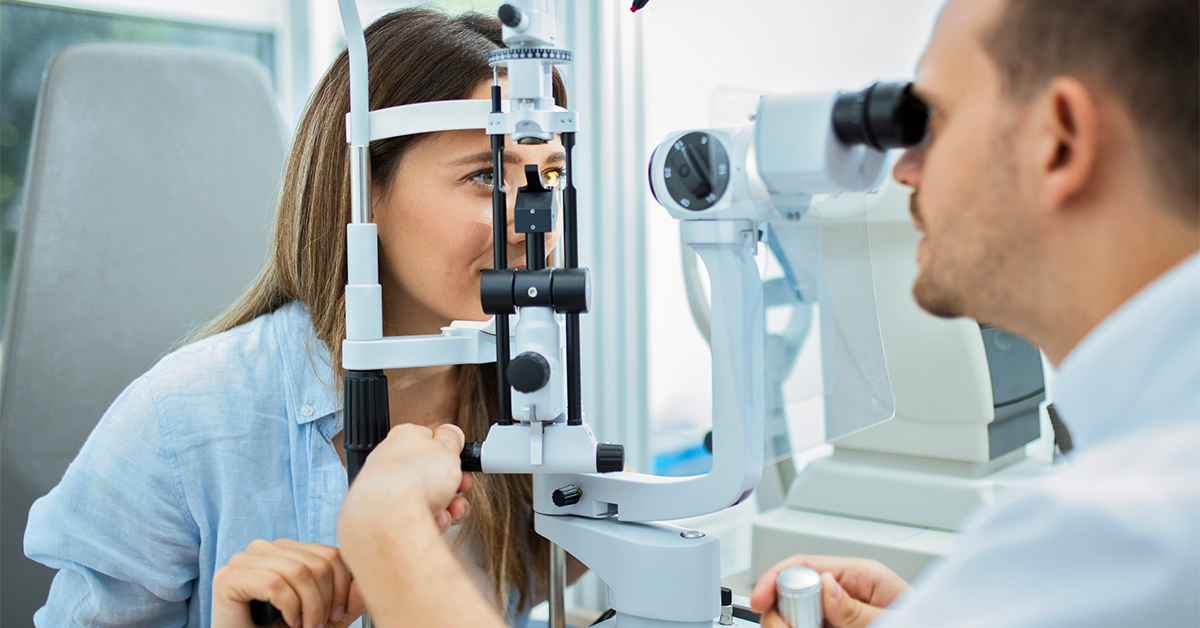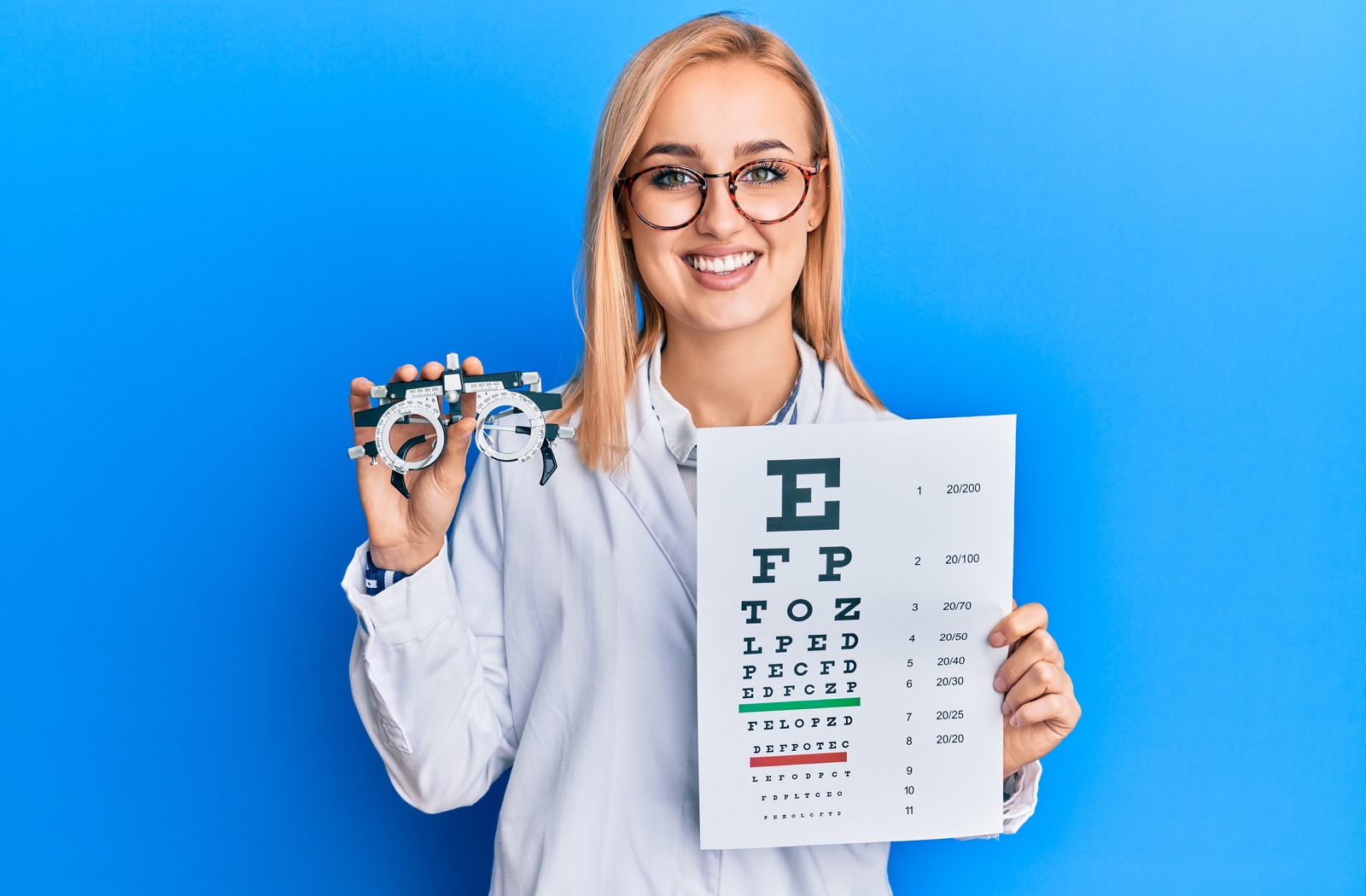Checking Out the most recent Technological Developments in Optometry and What They Mean for Eye Doctors
From the accuracy of Optical Comprehensibility Tomography to the nuanced understandings provided by AI-driven analysis tools, these innovations are establishing new standards in client analysis and therapy. As these improvements permeate the technique, optometrists are faced with the difficulty of welcoming these tools to improve client end results.
Advancements in Diagnostic Devices
Advancing the field of optometry, innovations in diagnostic devices have actually revolutionized the method eye treatment professionals evaluate and diagnose visual impairments and ocular problems. The previous years has actually experienced significant technological advancements, allowing more detailed and exact assessments. Optical Comprehensibility Tomography (OCT), for instance, gives high-resolution cross-sectional pictures of the retina, enabling for the very early detection of diseases such as glaucoma and age-related macular deterioration. This non-invasive imaging technique has become crucial in contemporary optometric technique.
An additional trick development is the intro of advanced corneal topography systems, which map the surface curvature of the cornea with accuracy. These devices are especially useful for suitable get in touch with lenses and diagnosing corneal disorders. Electronic retinal imaging has transformed typical ophthalmoscopy, offering in-depth, breathtaking sights of the retina that help with extensive aesthetic evaluations.
The advancement of wavefront aberrometry has additionally been essential, allowing the analysis of refractive mistakes with unrivaled accuracy (Eye Doctor Optometrist). This technology aids in personalizing corrective lenses and enhancing surgical end results for refractive surgeries. Collectively, these diagnostic improvements empower eye doctors to supply exceptional client care, guaranteeing very early treatment and customized treatment methods, eventually boosting visual health outcomes
AI in Patient Administration
Building on the foundation of innovative analysis devices, the unification of synthetic knowledge (AI) in client monitoring stands for a transformative jump for optometry. AI systems are increasingly used to boost performance, accuracy, and personalization in individual care.
Furthermore, AI-driven systems promote structured patient communications and administrative procedures. Automated scheduling, online assessments, and individualized follow-up strategies not just boost individual fulfillment however additionally enhance time administration for specialists. These systems can triage clients based on the seriousness of their conditions, guaranteeing that those in vital need get timely focus.
Furthermore, AI improves decision-making by giving optometrists with evidence-based recommendations and treatment paths. By integrating data from digital wellness documents, AI devices provide understandings that educate scientific choices, reducing the threat of mistakes and boosting client results. As AI remains to progress, its function in client management will likely expand, reshaping the landscape of optometric treatment.
Advances in Retinal Imaging
In the realm of optometry, retinal imaging has observed exceptional technical developments that are enhancing analysis capacities and individual care. Developments such as Optical Coherence Tomography (OCT) and fundus digital photography have revolutionized just how eye doctors analyze the retina and visualize. OCT, specifically, offers high-resolution, cross-sectional pictures of the retina, enabling the comprehensive exam of its layers. This capacity is invaluable for very early discovery and monitoring of problems like glaucoma, diabetic retinopathy, and age-related macular degeneration.
Boosted imaging modalities like OCT angiography are more refining analysis accuracy. This non-invasive technique maps blood flow in the retina, supplying crucial understandings into vascular health without the need for color shots. In addition, adaptive optics innovation is being integrated right into retinal imaging systems to remedy eye aberrations, supplying unmatched picture clarity. Such developments help with the recognition of min retinal changes that can represent illness development.
Additionally, advancements in expert system are boosting retinal imaging by making it possible for automated analysis of large datasets. These systems assist optometrists in recognizing patterns a sign of pathology, therefore enhancing analysis accuracy and performance. Collectively, these advancements are transforming retinal imaging into a keystone of article source modern-day eye care, enhancing outcomes and increasing therapeutic possibilities.
Teleoptometry's Expanding Duty
Teleoptometry is significantly ending up being an essential element of eye care, driven by advancements in digital communication and analysis tools. This is especially useful in country and underserved areas where access to specialized eye treatment is commonly restricted.
The assimilation of man-made knowledge (AI) additional improves teleoptometry, making it possible for the analysis of aesthetic information and assisting in the discovery of ocular conditions such as glaucoma and diabetic person retinopathy. AI-powered formulas can rapidly analyze complicated imaging data, supplying eye doctors with beneficial insights that bolster clinical decision-making.
Moreover, teleoptometry sustains continuity of care via smooth combination with electronic wellness documents (EHRs), allowing optometrists to keep extensive person histories. This guarantees that people obtain individualized and regular treatment even when speaking with different practitioners.
In spite of these benefits, challenges stay, consisting of guaranteeing data protection and managing patient assumptions. Nonetheless, teleoptometry stands for a substantial stride in the direction of even more obtainable, reliable, and patient-centered eye care. As technology develops, its duty is the original source positioned to expand further.

Future Trends in Eye Care
A myriad of ingenious fads is established to reshape the future of eye care, driven by technological advancements and the progressing demands of individuals. One significant trend is the integration of expert system (AI) in diagnostics, which assures to improve the precision and effectiveness of eye assessments. AI formulas can analyze vast quantities of data from retinal images, possibly discovering problems like diabetic person retinopathy and glaucoma earlier than traditional approaches.
In addition, personalized medication is obtaining traction in optometry, with hereditary testing informing tailored treatment plans. This approach aims to optimize person results by tailoring treatments to individual hereditary accounts. Wearable technology, such as smart contact lenses, is also imminent, supplying real-time tracking of intraocular pressure or glucose levels, hence supplying constant understandings into systemic and eye health and wellness.
The adoption of augmented truth (AR) and digital truth (VIRTUAL REALITY) in training and client education is an additional emerging pattern. These modern technologies use immersive experiences that can boost understanding and abilities both for clients and eye doctors. As these fads progress, eye doctors must stay abreast of technological improvements to supply innovative care, making certain enhanced individual results and fulfillment in the vibrant landscape of eye treatment.
Conclusion

Collectively, these diagnostic developments empower eye doctors to supply premium person treatment, ensuring early intervention and tailored therapy strategies, inevitably boosting visual health and wellness outcomes.

As these technologies proceed to progress, optometrists need to adapt and integrate them into technique, inevitably maximizing workflow effectiveness and boosting the criterion of eye treatment delivered to clients.